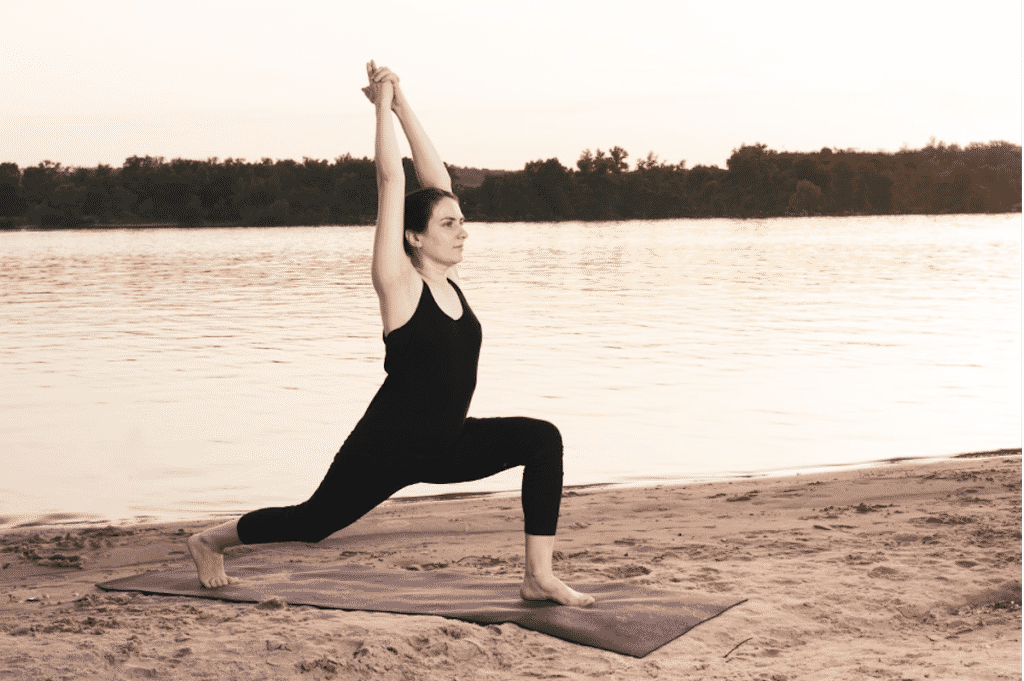Yoga is a different treatment that helps in fighting diabetes and assist in enhancing various health parameters for promoting physical as well as mental health. Yoga assists in managing diabetes better when you practice it for an extended period of time. It also decreases the complication risks in association with diabetes. When you do yoga in the early stage of diabetes, it will not only control diabetes but also offers you the best results for your health.
If you want to keep your level of blood sugar under control, then you must practice some of the best yoga poses. Add some of the simple yet effective yogic postures to your everyday regime, and it’s best to address diabetes along with medicines. You have to maintain constancy along with regularity to obtain the best outcomes of yoga on your health.
Yoga school in Rishikesh teaches you a set of activities that assist in managing stress, intense emotions, and the proper balancing of your body to maintain a perfect shape. Yoga helps keep a low level of stress, prevents cardiac issues, and prohibits diabetic neuropathy. It has a boosting effect on your strength and balance to promote your overall health.
Whether or not you have diabetes, it is often beneficial to practice yoga that enhances your physical and mental health. You need to practice these poses in a perfect way in order to avoid all kinds of adverse consequences. Every posture has its own set of benefits. So, practice the below poses for about a few minutes every day. Regular practicing of yoga assists in decreasing the overall complication risk because of diabetes.
Dhanurasana or bow pose:
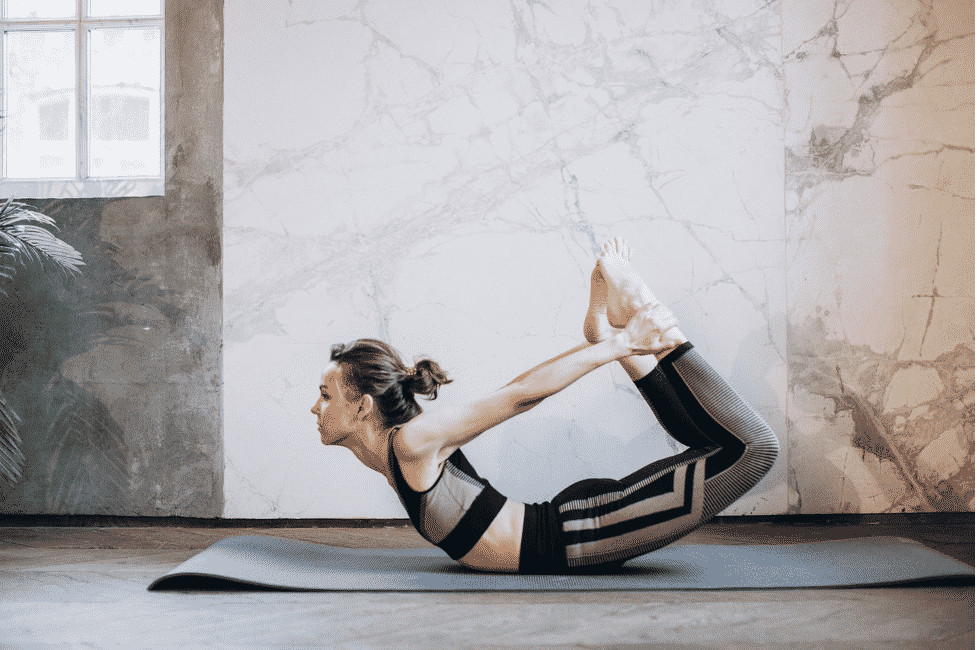
This is a yoga pose that assists in making your pancreas strong and also regulates it. This is the reason why this pose is good for diabetes. In addition, it also makes your abdomen muscles strong, boosts digestion, and prohibits stomach cramps.
How to do it?
Lie down on your stomach by keeping your stomach a little apart. Keep your arms on your body’s sides.
Fold knees and then hold your ankle.
Life up your chest from the ground while taking a deep breath. Also, pull up your legs up and back. You must feel the stretch on your thighs and arms.
Look ahead straight and hold on to this position for about 15 seconds.
Then start exhaling and slowly position your chest down in the ground.
Balancing or child pose:
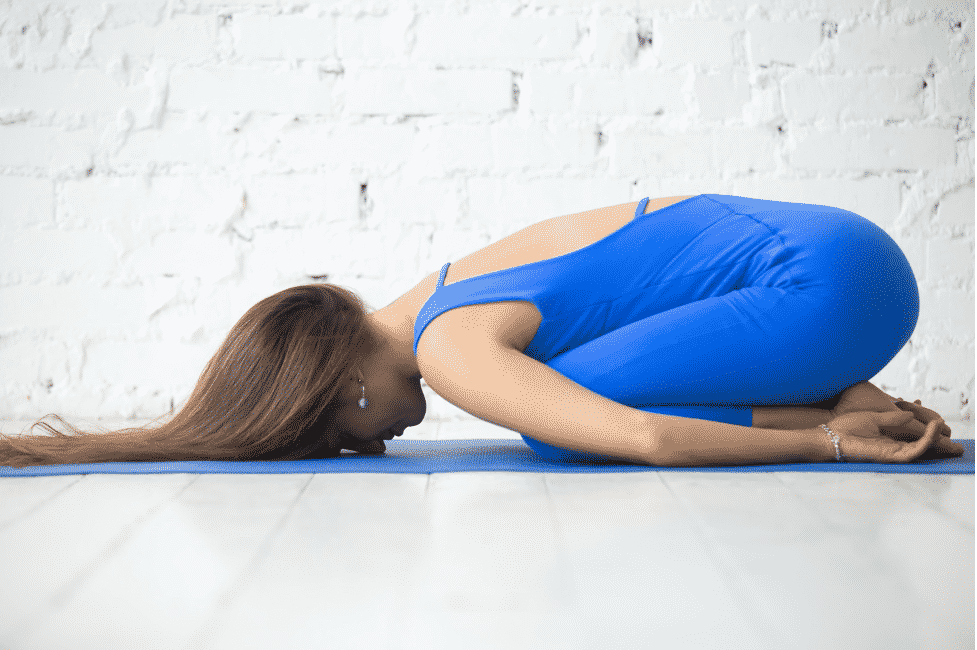
This yoga pose mainly involves hamstrings, spinal extensors, and rotator muscles. It assists in relieving stress, back and neck pain along fatigue. It also has a relaxing effect that helps in enhancing the generation of beta cells that produces insulin.
How to do it?
Sit down in a kneeling position and make sure that your knees are kept wide apart in the same width as your buttocks.
Move a little backward, and then make an attempt to touch your heels with hips.
Lean a little forward for touching the ground using your forehead.
Now stretch your arms forward and try to feel the pressure on your back.
Stay in this pose for about 5 minutes.
Now relax a bit, and then lift yourself back to a seated position.
Bhujangasana or Cobra Pose:
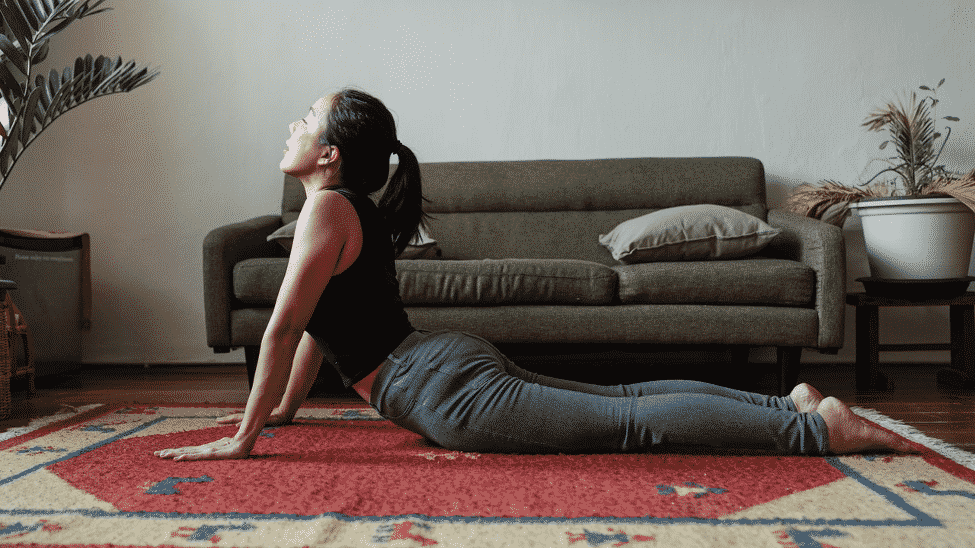
The spinal extensors along with quadriceps and brachia function together while performing this pose. Because of this, it helps in strengthening your muscles. It helps in decreasing the levels of blood sugars. It is a typical pose taught in 200 Hour Yoga Teacher Training in Rishikesh.
How to do it?
- Lie down on your stomach and put your legs in a straight position.
- Position your forearms in a perpendicular position to the floor. Now take your arms kept on the floor side to the last ribcage.
- Now put pressure on your arm for lifting your body.
- Never hold your body on your feet, instead create some pressure on your feet and make your hip muscles firm.
- Now look straight or a little upward. Take breathe normally and hold on to this position for about 15 seconds before sitting down for relaxing.
Shavasana or corpse pose:
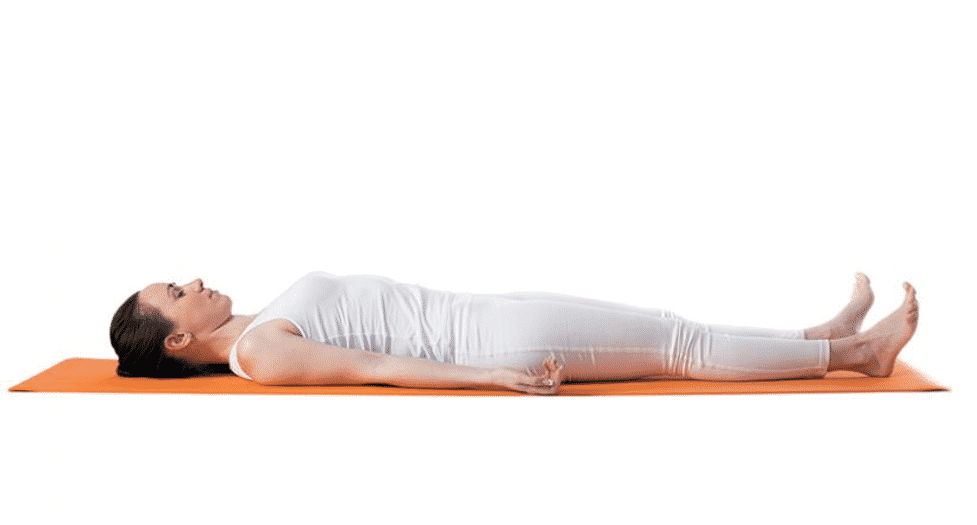
It’s a resting pose that helps your body cool down and enter into a meditation stage. It has a relaxing effect on your body and has a calming effect on your body and mind. It allows your brain to process the workout and benefits your body. Always practice this pose towards the end of your yoga session.
How to do it?
- At first, lie down straight on your back and close your eyes.
- Keep your body and mind relaxed, Take enough time for feeling the weightlessness.
- Never think about anything. Keep away all stress and relax.
- Breathe generally without holding on to your breaths.
- Hold on to this position for about 15-20 minutes.
- Now stand, and you can feel your body is free from stress.
Mountain pose or Tadasana:
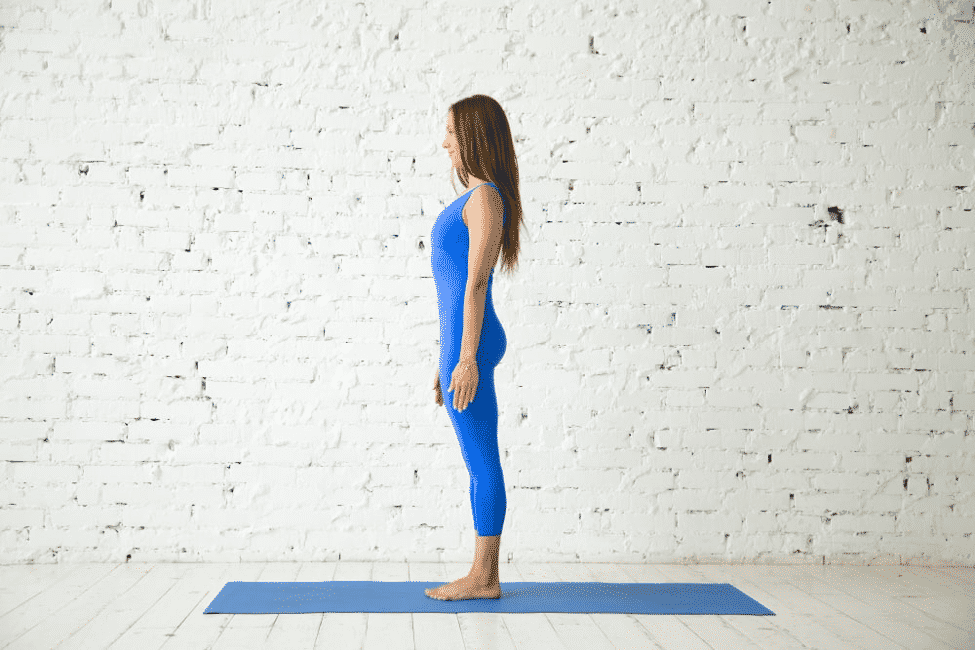
It’s one of the best yoga poses but requires an accurate technique for transforming your mind and body. It helps in enhancing concentration knee strength and also promotes spine flexibility. It generates more space in your body and assists all of your internal organs to work effectively. Therefore, this pose is a restorative pose practiced during a 500 hours of yoga teacher training in Rishikesh.
How to do it?
- On flat ground, stand straight by keeping the arms on your body’s sides.
- Position your palm in an upward direction.
- Breathe very slowly and extend your arms to your body’s sides.
- Hold on to this position for some time.
- Repeat this 10 times
Yoga can become your lifestyle. As per experts, yoga is best for health management. If you doubt it, you must give it a try, and you can see the outcomes yourself.


